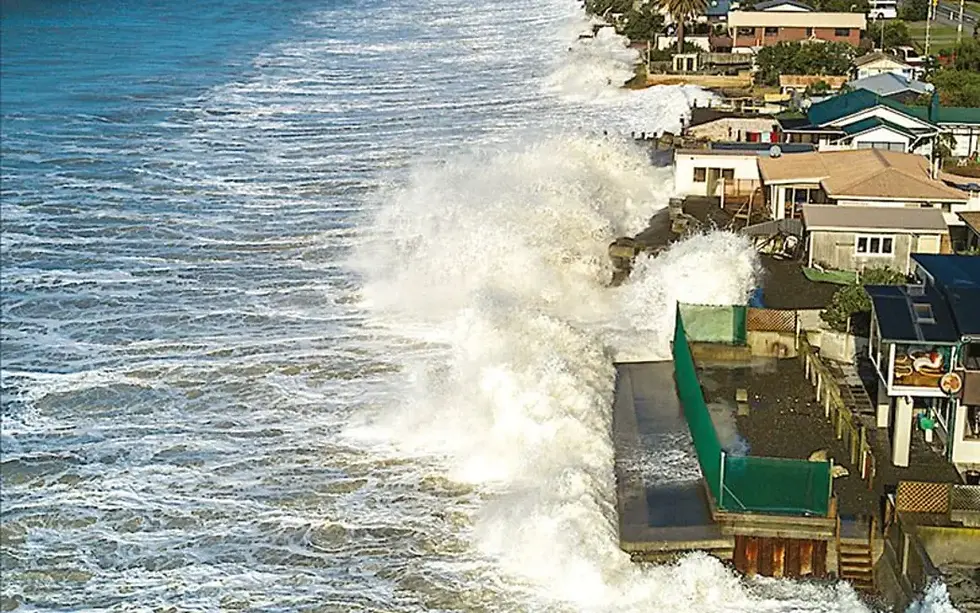Water Management : Netherlands
- charlotteselve8
- 2 sept. 2023
- 2 min de lecture
The Netherlands, renowned for its expertise in water management, has a rich history of battling the sea to keep its land dry. Over the years, the Dutch have engineered remarkable structures that defy nature's forces.
In this blog post, we'll embark on a chronological journey through some of these iconic floating constructions that have set global standards in hydraulic engineering.
1. Oosterscheldekering: Taming the North Sea Fury (1986)
The Oosterscheldekering, or Eastern Scheldt Storm Surge Barrier, is our next stop on this journey. Completed in 1986, this monumental structure stretches over five kilometers and features 65 massive steel doors and concrete pillars. It's the largest movable storm surge barrier in the world, allowing the sea to flow freely most of the time while protecting against flooding during storms.
2. Maeslantkering: A City's Shield (1997)
Moving forward to 1997, we encounter the Maeslantkering. This massive storm surge barrier guards the city of Rotterdam, Europe's largest port, against the fury of the North Sea. Comprising colossal moveable gates, the Maeslantkering serves as a protective shield for the city during severe storms.
3. Room for the River Program: Inland Waters Reimagined (Initiated in 2006)
As we reach the mid-2000s, we encounter the "Room for the River" program, a nationwide Dutch initiative initiated in 2006. This forward-thinking program aims to give more space to rivers to prevent flooding. It involves various projects, including dike relocations, floodplain creation, and improved river channels.
4. Zandmotor: A Bold Beginning (2011)
Our journey begins with the Zandmotor, an artificial sandbar off the Dutch coast near The Hague. Completed in 2011, this project was designed to reduce beach erosion and provide a natural defense against rising sea levels. The Zandmotor is an excellent example of harnessing nature's processes for coastal protection.
5. Schoonschip: Sustainable Living (2018)
Our journey takes a contemporary turn as we arrive at Schoonschip in 2018. Schoonschip, or "Clean Ship," is a floating residential neighborhood in Amsterdam. Beyond being a housing project, it's a sustainable living experiment, with residents generating their energy, recycling water, and promoting green living.
6. Water Plaza: A Vision for Tomorrow (Ongoing Conceptual)
Our journey into the future leads us to Water Plaza, an ongoing conceptual project. This innovative concept envisions transforming urban spaces to adapt to rising sea levels. By creating floating plazas and parks that can rise and fall with changing water levels, Dutch architects and urban planners are reimagining the way cities interact with water.
Rotterdam's Climate Resilience Strategy:
Meeting Tomorrow's Challenges
Throughout our journey, we can't overlook Rotterdam's innovative climate resilience strategy. The city is embracing measures like green roofs, floating parks, and urban water storage to adapt to a changing climate.
In conclusion, the Netherlands' floating constructions offer a chronological narrative of a nation's relentless pursuit of water management excellence.
These projects showcase the Dutch commitment to sustainable, resilient urban development and serve as inspiring examples for the world as we navigate the challenges of a changing climate.


Commentaires